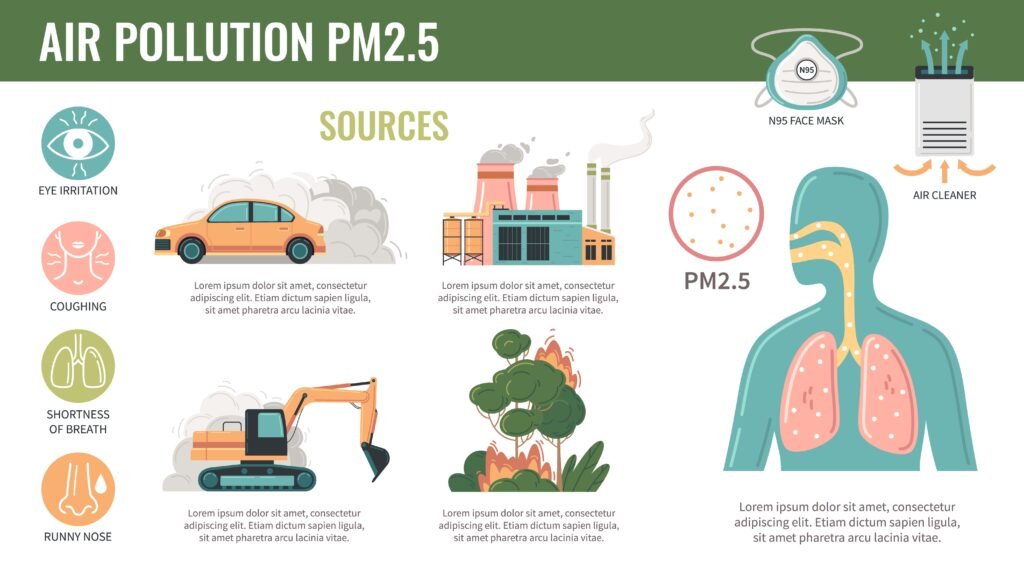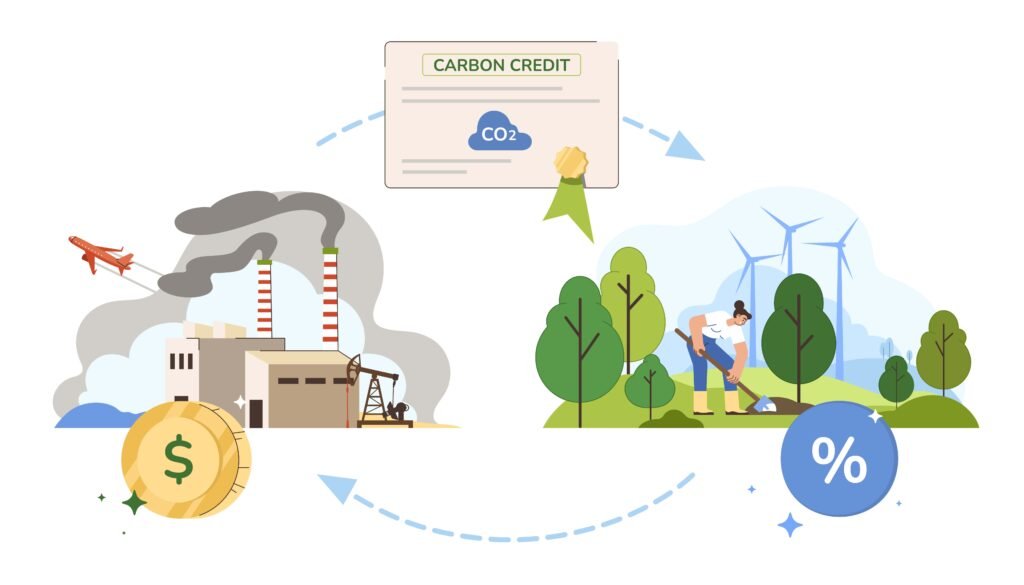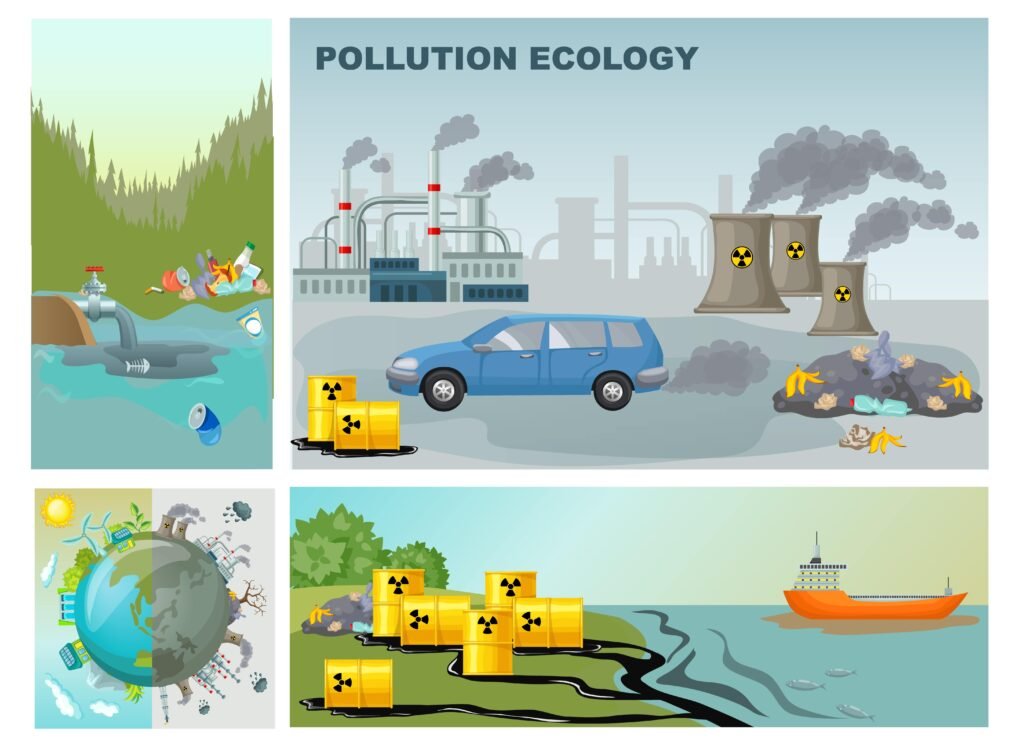The quality of the air we breathe has become a crucial concern in an era where pollution levels are rising and environmental issues are dominating international discourse. Everyone is impacted by air quality, as it has an effect on ecosystems, climate, and health, even in isolated rural places and densely crowded urban areas. We explore the complexities of air quality in this blog, including its causes, impacts, and ways to improve it for a sustainable and healthy future.
Comprehending Air Quality
The makeup of the gases and particles that are present in the atmosphere is referred to as air quality. Particulate matter (PM), nitrogen dioxide (NO2), sulphur dioxide (SO2), carbon monoxide (CO), ozone (O3), and volatile organic compounds (VOCs) are among the contaminants that are used to measure it. These pollutants come from man-made sources including automobile emissions, industrial operations, and agricultural activities, as well as natural ones like wildfires and volcanic eruptions.
Implications of Low Air Quality
Significant health hazards are associated with poor air quality, which can result in lung cancer and respiratory conditions including asthma and bronchitis. It may also have an effect on cognitive function and aggravate cardiovascular problems. Children, the elderly, and people with pre-existing medical disorders are among the vulnerable groups that are most vulnerable. Furthermore, air pollution damages ecosystems, causing crop damage, acid rain, and a decline in biodiversity

Air pollution causes
Determining the origins of air pollution is essential for putting mitigation plans into action. Air pollution is mostly caused by transportation, which includes trucks, cars, and aeroplanes. These sources release particulate matter and nitrogen oxides into the atmosphere. Pollutants like sulphur dioxide and mercury are released into the environment by industrial operations including manufacturing facilities and power plants. Ammonia and methane emissions from agricultural activities, such as raising animals and using pesticides, also contribute to air pollution.
Taking Care of Air Quality Concerns
A multifaceted strategy combining governmental rules, technology developments, and human activities is needed to improve air quality. Stricter emission regulations for industry and automobiles can greatly lower pollution levels. By lowering dependency on fossil fuels, investing in renewable energy sources like wind and solar power can help reduce air pollution. Furthermore, boosting environmentally friendly modes of transportation including walking, bicycling, and public transportation helps reduce automobile emissions.

Technology's Function
Technological developments are essential for tracking and reducing air pollution. Real-time data on pollutant levels are provided by satellite imaging, air quality monitoring stations, and remote sensing techniques, allowing authorities to respond promptly. Air purifiers, pollution control devices, and electric cars are examples of innovative technologies that assist lower emissions and enhance air quality. In addition, massive volumes of data may be analysed by artificial intelligence and machine learning algorithms to find trends and patterns, which helps with the creation of focused intervention strategies.
Personal Activities
Although large-scale systemic changes are required to solve air quality issues, people can also play a role in enhancing local air quality. Easy steps like taking public transit, carpooling, and cutting back on energy use at home can have a big impact. In addition to improving the aesthetics of the surroundings, planting trees and maintaining green areas also aid in air purification and pollution absorption. Promoting the improvement of air quality can also be accomplished by supporting environmental legislation and taking part in neighbourhood cleanup projects.

Conclusion
In order to lessen the negative consequences of poor air Quality on the environment and human health, all levels of society must work together to address this complicated and urgent issue. We can work towards a future where everyone has access to clean, healthy air by comprehending the causes of air pollution, putting successful tactics into practice, utilising technology, and taking individual actions. Breathe a sigh of relief and let us pledge to protect our world for future generations.












1 thought on “Breathe Easy: Recognising and Enhancing Environmental Air Quality”